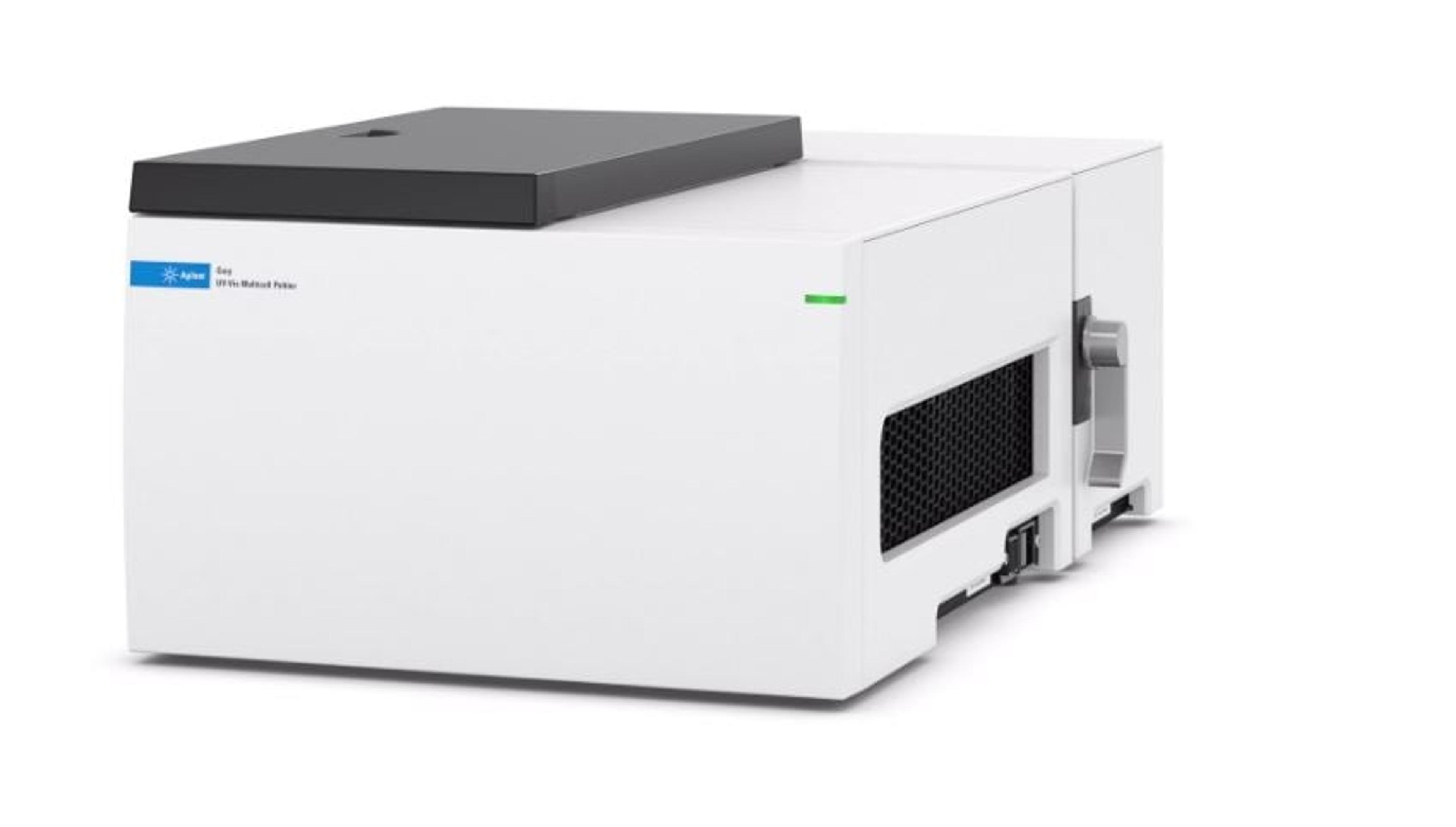Achieving Faster Ramp Rates for Thermal Melt Experiments
29 Jan 2019The separation of double stranded nucleic acids into single strands can be induced by raising the temperature. At a certain temperature, the hydrogen bonding between the base pairs is broken. A thermal melt experiment exploits the difference in the number of hydrogen bonds between adenosine to thymine (A=T) and guanine to cytosine (GΞC) nucleotides for DNA, or between adenosine to uracil (A=U) and G to C for RNA. As the GΞC nucleotides contain three hydrogen bonds, the heat energy required to dissociate is greater than that of the double bonded pairs. This means that DNA and RNA containing more GΞC pairs will melt at a higher temperature. The melting temperature (Tm) gives an accurate indication of the base composition (ratio of the GΞC vs the A=T / U=T) in the sample. The Tm often used as a QC check by manufacturers and researchers.

